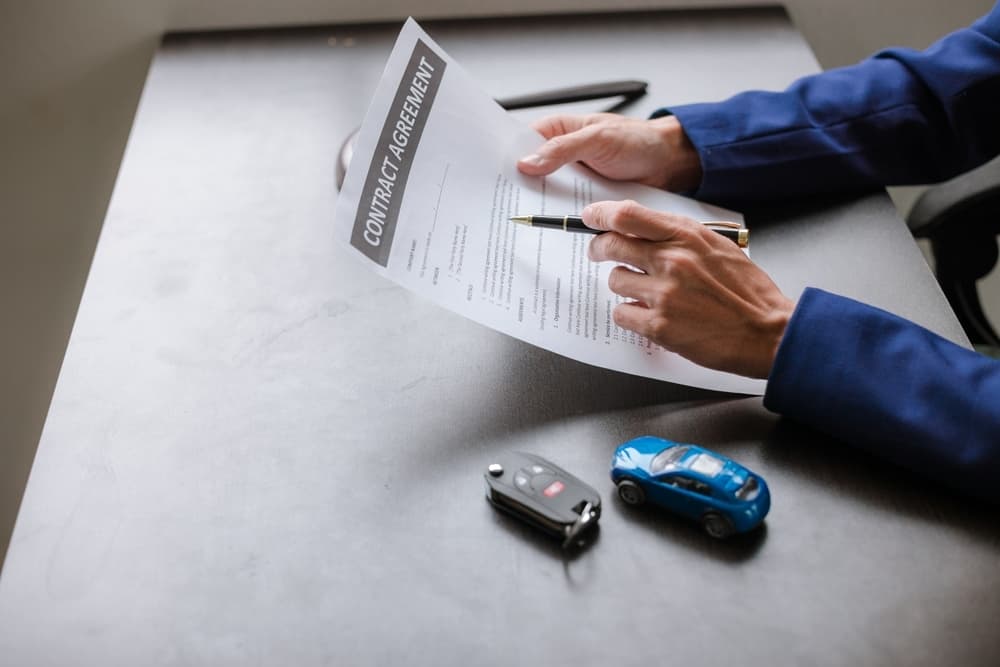if you are a part of a rideshare incident, it is essential that you know how long you have to file a claim. Through this legal power, the damages of an accident owed to the other party are considered solely within a specific time period of an event.
The issue of rideshare accidents is often complicated by the fact that crashes may involve personal, corporate, and third-party claims for compensation.
Therefore, in order to avoid having your claim tossed out, you need to understand the statute of limitations in your state. People can apply for compensation for their expected losses and wounds quickly because of such knowledge.
Click here to learn more about it.
Understanding Statute of Limitation
The statute of limitations is a crucial element in personal injury law. This particular law imposes a statute of limitations as one of the fundamental legal principles, which is intended for the sake of the timely submission of claims.
On a similar note, the requirement of a time limit helps to prevent evidence from going stale, hence enhancing a fair trial for both parties. The statute of limitations, including the one in the case of a personal injury, which is also common in rideshare accidents, may vary considerably, depending on the nature of the law of each place.
This stage typically lasts from 1 to 6 years and begins on the day of the accident. However, the timeframe for the particular state laws and the kinds of claims driving the case (e.g., personal injury, property damage, or wrongful death) varies.
If the plaintiff misses the above-mentioned period as provided, he/she will not only lose the ability to bring his/her claim to court but also can not seek legal remedy for his/her damages.
Statute of Limitation in Rideshare Accidents
Statute of Limitations relating to accidents in ride-sharing are crucial for passengers as they determine for how long they can seek compensation. For individuals involved in rideshare accidents, understanding the statute of limitations in their state is crucial for several reasons:
The deadline notification is vital in allowing victims to pursue their claims within the set time, allowing them to demand damages. This is especially true in car crashes that are rideshare related, where injuries may not become known until some time later after the crash occurs.
State-by-State Breakdown of Statute of Limitations
Some legal deadlines are significant in the process of establishing the time frame within which one can bring forward a claim to receive compensation for personal injuries resulting from an accident.
The correct classification of countries by region gives a more detailed, broader view of local particularities.
In the Northeastern United States, the statute of limitations on personal injury lawsuits varies from state to state. They all have in common that they express the unique character of legal regulation in this region.
Similarly, Connecticut and New Jersey both state a two-year limitation of time frame, but Massachusetts, New Hampshire, New York, Rhode Island, and Vermont set longer, usually 3-year period. Pennsylvania is a good example, having a shorter duration of time, two years, highlighting the importance of brief legal proceedings to follow up after an Uber accident in this jurisdiction.
The Southern region of the nation is distinguished by the fact that there is an even greater diversity in the legal climate. In the states of Alabama, Georgia, and Texas, a person has two years to file a lawsuit as defined by the Statute of Limitations. However, Florida allows claims to be submitted within a period of 4 years.
Therefore, Louisiana has set this dead period in a very subtle way, allowing only one year for personal injury claims to start. These states include Arkansas, Maryland, Mississippi, North Carolina, South Carolina, and West Virginia, while in Kentucky, the claim sets aside different periods for the personal injury lawsuit to be brought from one year and a property damage lawsuit from two years.
The Western US overlaps its own range, too. On the other side of the US, which comprises Alaska, Arizona, Hawaii, Idaho, and Oregon, the limitation period for personal injury claims is two years. Colorado is unique in the sense that a claim for personal injuries must be filed within two years of the injury, but it can be three years if the accident happens while driving if that is the case.
Montana, New Mexico, and Washington state, in the request to the court, set the maximum length of the 3-year period, except for Utah and Wyoming, set the cap on the number of years which may be requested in the complaint to 4 years.
Conclusion
All in all, one needs to be fully aware that there are legal reasons for confusion and doctrinal gaps in addition to the consequent government and youth issues and the possible discovery of harm issues. The use of these statutes should be given importance. To be the most effective and tailored to one’s situation, it is recommended that the eligible person first consult with a lawyer who specializes in personal injury law within their state





